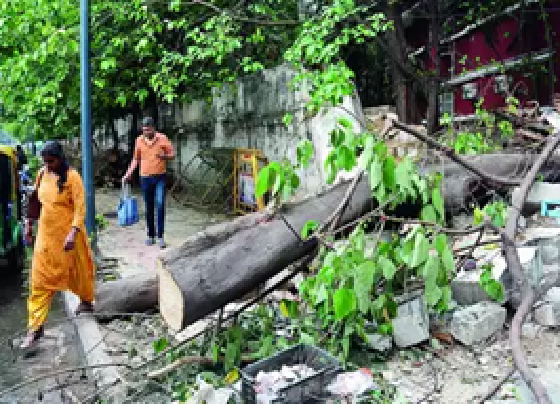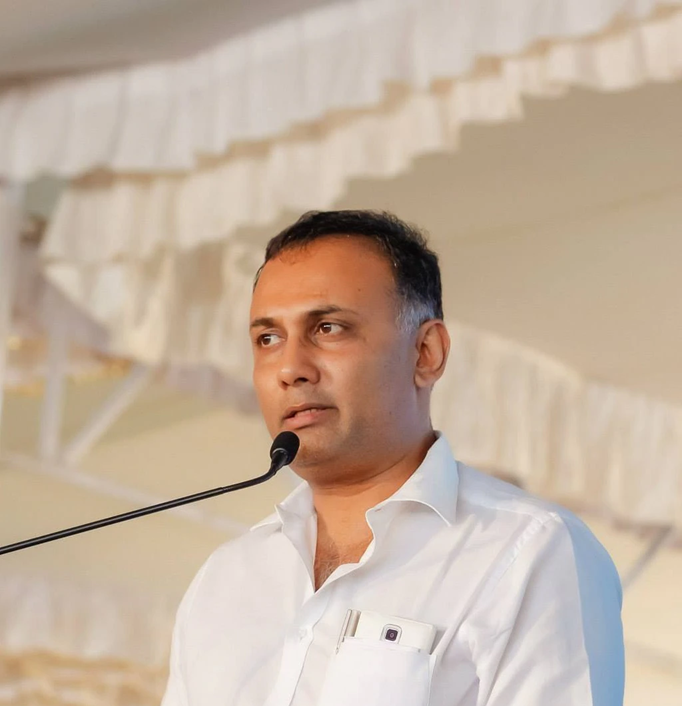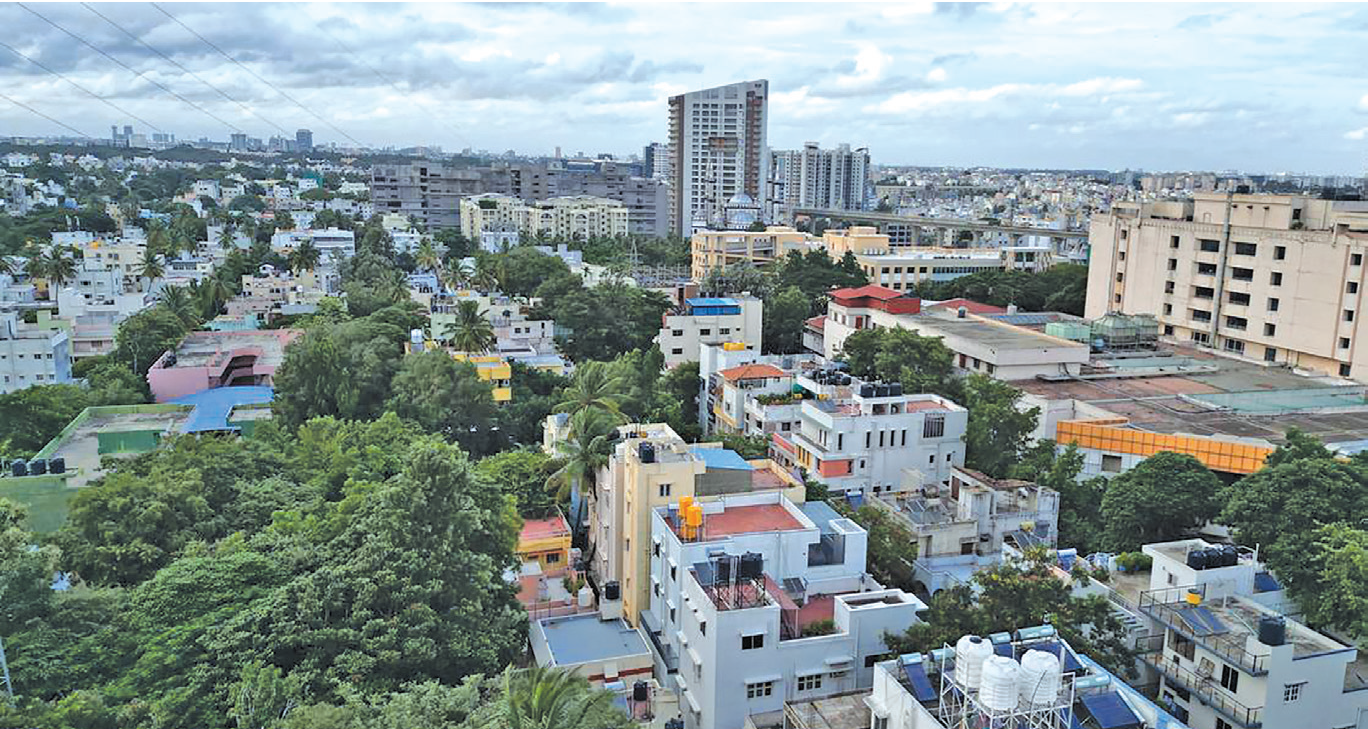
Karnataka Budget's pathetic allocation for buses, zero funds for sustainable mobility
Rasheed Kappan | NT
Bengaluru: Beyond the hugely expensive Namma Metro and the suburban rail project moving at a glacial pace, the BMTC bus remains a low-hanging fruit that could boost Bengaluru's pathetic public transport system with a rich infusion of funds. But the State budget's misplaced mobility priorities meant the city's transport corporation would get nothing more than Rs 500 crore, an amount to be shared with other RTCs.
That would be grossly inadequate to acquire new buses or even run the existing fleet of about 6,300 vehicles, many of which are halted due to an acute staff shortage. Indeed, the budget does acknowledge the criticality of improved traffic intersections as a decongestion strategy.
Seventy-five junctions are to be upgraded across the city through signal rationalisation and other interventions. On the agenda is the integration of Artificial Intelligence (AI) in the entire traffic management ecosystem. These are welcome initiatives, but the low priority on public transport buses beats logic.
The obsession with elevated corridors continues with one proposed from Tin Factory to Madehalli. This, despite mounting public criticism of such corridors in the past due to the huge ecological costs involved, the over-stretched construction period that spell years-long chaos, and a clear lack of pre-plan and pre-design consultation.
Besides, a fundamental flaw with flyovers remains unaddressed. Flyovers and elevated corridors do not decongest, they only shift the problem from one junction to the next. The same applies for underpasses built as a critical infrastructural pillar of the so-called signalfree corridors.
One glaring example is the recent one operationalised at the junction of the Old Airport Road and Suranjan Das Road. Speeding vehicles from Marathahalli now whizz past the hitherto crowded junction, only to get stuck at the next intersection where the Wind Tunnel Road joins Old Airport Road.
Dust to dust: Our cycle lanes
Back to the budget's skewed mobility priorities. Besides buses, as the city's Bicycle Mayor Sathya Sankaran puts it, the allocation has been lacking for footpaths and cycling tracks.
"The allocation of Rs 500 crore for buses, spread across all the transport corporations, is way too little. A city like Beijing has more than 34,000 buses. Whatever they are giving out as a GCC model has also not been deployed. There is a need to double the current BMTC fleet and have the capacity to run them. Today, they are able to run only 5,000 buses because there are no drivers," Sathya explains.
Speeding up the train systems, he reminds, is another key requirement. "K-RIDE, the implementing agency for the suburban rail project, is extremely slow off the block. BMRCL is extremely slow in building the Metro. Look at how things are progressing fast in Delhi and Hyderabad. Is it a cultural issue or a leadership crisis that the budget cannot solve?" He notes that budget allocation to Non-Motorised Transport (NMT) is zero.
"There is not even a mention in the budget. The Comprehensive Mobility Plan (CMP) of 2020 said 600 kilometers of cycling tracks need to be laid. We have 2.5 km. If you do it at that pace, you will need a hundred years. This is not going to work out." The only silver lining that he sees is that the Bangalore Metropolitan Land Transport Authority (BMLTA) bill has been passed.
"But this budget should have allocated sufficient funds for the authority. That has not been done. They have just thrown the ball into the BMLTA court and seemed to have told find the money and do whatever you want. If you have the ability to find the money for flyovers, why don't you put more money into walking, cycling infrastructure and buses,"he fumed.
Zero commitment to decongest the city through NMT and buses, that is what the budget is all about, feels Sathya. "Six hundred kilometers of cycling tracks need Rs 600 crore to be allocated. You put the money into that to show you are committed to make that change. The budget does not show that commitment to solve the traffic problem and improving the city's liveability. If Bengaluru is to be the top innovation hub, it is shameful that our infrastructure looks worse than a third world country. And, infrastructure does not mean flyovers."
Other global innovation hubs such as Tel Aviv, San Francisco, Berlin, Manila, have all invested hugely in footpaths, cycling tracks and public transport. "Expats tell me you cannot call yourself an innovation hub with shoddy infrastructure. The budget should steer a vision for better mobility through NMT and public transport, and put money into it."
Budget without a Council, pointless...
Tara Krishnaswamy, CoF
 English daily published in Bengaluru & Doha
English daily published in Bengaluru & Doha






